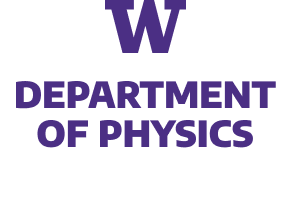Qubit, operator and gate resources required for the digitization of lattice λϕ4 scalar field theories onto quantum computers in the NISQ era are considered, building upon the foundational work by Jordan, Lee and Preskill. The Nyquist-Shannon sampling theorem, introduced in this context by Macridin, Spetzouris, Amundson and Harnik building on the work of Somma, provides a guide with which to evaluate the efficacy of two field-space bases, the eigenstates of the field operator, as used by Jordan, Lee and Preskill, and eigenstates of a harmonic oscillator, to describe 0+1- and 1+1-dimensional scalar field theory. We show how techniques associated with improved actions, which are heavily utilized in Lattice QCD calculations to systematically reduce lattice-spacing artifacts, can be used to reduce the impact of the field digitization in λϕ4, but are found to be inferior to a complete digitization-improvement of the Hamiltonian using a Quantum Fourier Transform. When the Nyquist-Shannon sampling theorem is satisfied, digitization errors scale as |log|log|ϵdig|||∼nQ (number of qubits describing the field at a given spatial site) for the low-lying states, leaving the familiar power-law lattice-spacing and finite-volume effects that scale as |log|ϵlatt||∼NQ (total number of qubits in the simulation). We find that fewer than nQ=10 qubits per spatial lattice site are sufficient to reduce digitization errors below noise levels expected in NISQ-era quantum devices for both localized and delocalized field-space wavefunctions. For localized wavefunctions, nQ=4 qubits are likely to be sufficient for calculations requiring modest precision.


